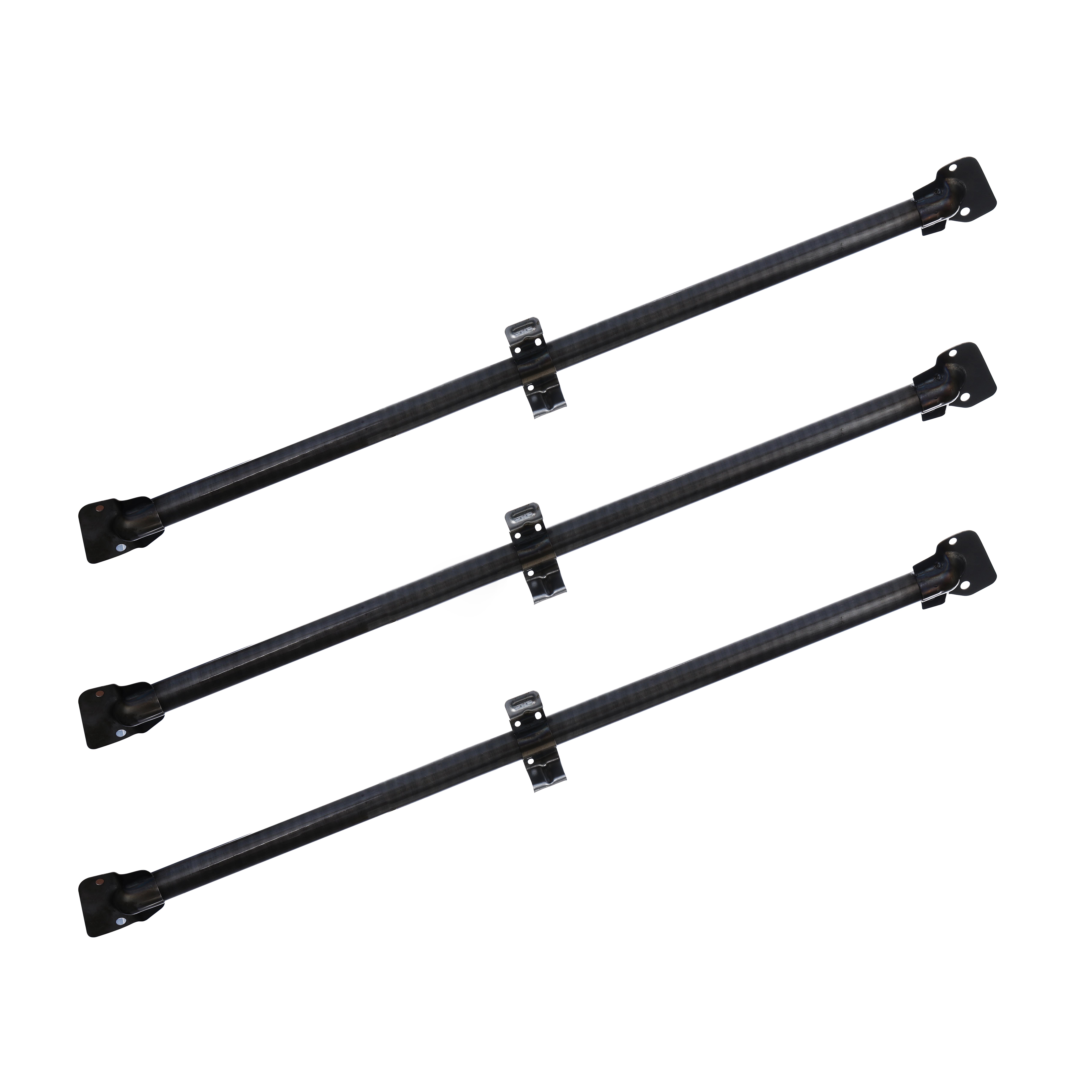
The Importance of Mechanical Parts Design in Engineering
Mechanical parts design is a cornerstone of engineering that often goes unnoticed, yet it plays a critical role in the development and functionality of a wide array of products and systems. From automobiles to aerospace components, effective mechanical design can significantly influence performance, reliability, and manufacturability. This article delves into the fundamental aspects of mechanical parts design, covering its principles, challenges, and the impact of technology on the design process.
Understanding Mechanical Parts Design
Mechanical parts design refers to the process of creating components that can withstand loads and operate effectively within a mechanical system. This includes everything from understanding material properties, applying engineering principles, and utilizing computer-aided design (CAD) software to visualize and simulate parts before they are manufactured.
At the core of mechanical parts design is the understanding of various disciplines, including mechanics, thermodynamics, fluid dynamics, and material science. Engineers must balance several design objectives, such as strength, weight, cost, manufacturability, and safety. The ultimate goal is to create parts that not only meet performance specifications but also comply with industry standards and regulations.
Key Principles of Mechanical Parts Design
1. Functionality Every mechanical part must fulfill its intended function efficiently. Designers must consider the operational environment, load conditions, and the interactions with other components.
2. Material Selection Choosing the right material is crucial in mechanical parts design. The selected material must possess the necessary strength, ductility, and corrosion resistance to suit the application's demands.
3. Simplicity Designing parts that are simple, yet effective can lead to reduced manufacturing costs and easier assembly. A complex design may complicate production and maintenance, leading to increased overall costs.
4. Manufacturability and Assembly A well-designed part should not only function well but also be easy to manufacture and assemble. This includes considering tolerances, surface finishes, and the methods of joining parts together.
5. Safety and Reliability Safety is paramount in mechanical design. Engineers must ensure that parts can withstand expected loads without failure and incorporate redundancy where necessary.

Challenges in Mechanical Parts Design
Despite the clear principles guiding mechanical design, engineers face several challenges
- Rapid Technological Changes The rapid pace of technological advancements necessitates ongoing education and adaptability. Engineers must stay updated on new materials, manufacturing techniques, and design software.
- Complexity of Systems Modern machines often involve complex interactions between multiple components. Designing parts that integrate seamlessly into these systems requires extensive knowledge and experience.
- Environmental Considerations As sustainability becomes a priority, designers must consider the environmental impact of their materials and production methods. This includes selecting recyclable materials and processes that minimize waste.
The Role of Technology in Mechanical Parts Design
Advancements in technology have revolutionized the field of mechanical parts design. Computer-Aided Design (CAD) software allows engineers to create intricate models, enabling real-time simulations of how components will behave under various conditions. Finite Element Analysis (FEA) is another critical tool that helps designers predict stress distribution and identify potential failure points within a part.
Furthermore, 3D printing technology has opened new avenues for part design and manufacturing. Rapid prototyping allows for faster iterations and testing, enabling engineers to explore innovative designs that were once too complex or costly to produce.
Conclusion
Mechanical parts design is an essential element of engineering that demands a blend of creativity, technical knowledge, and practical skills. As industries continue to evolve, the importance of effective design becomes even more critical. Engineers must embrace technological advancements, prioritize sustainability, and adhere to rigorous safety standards while innovating to meet the challenges of tomorrow. Through careful consideration and dedicated effort, mechanical parts design will continue to drive progress and innovation across numerous sectors, shaping the future of engineering.